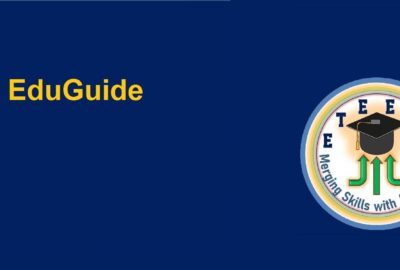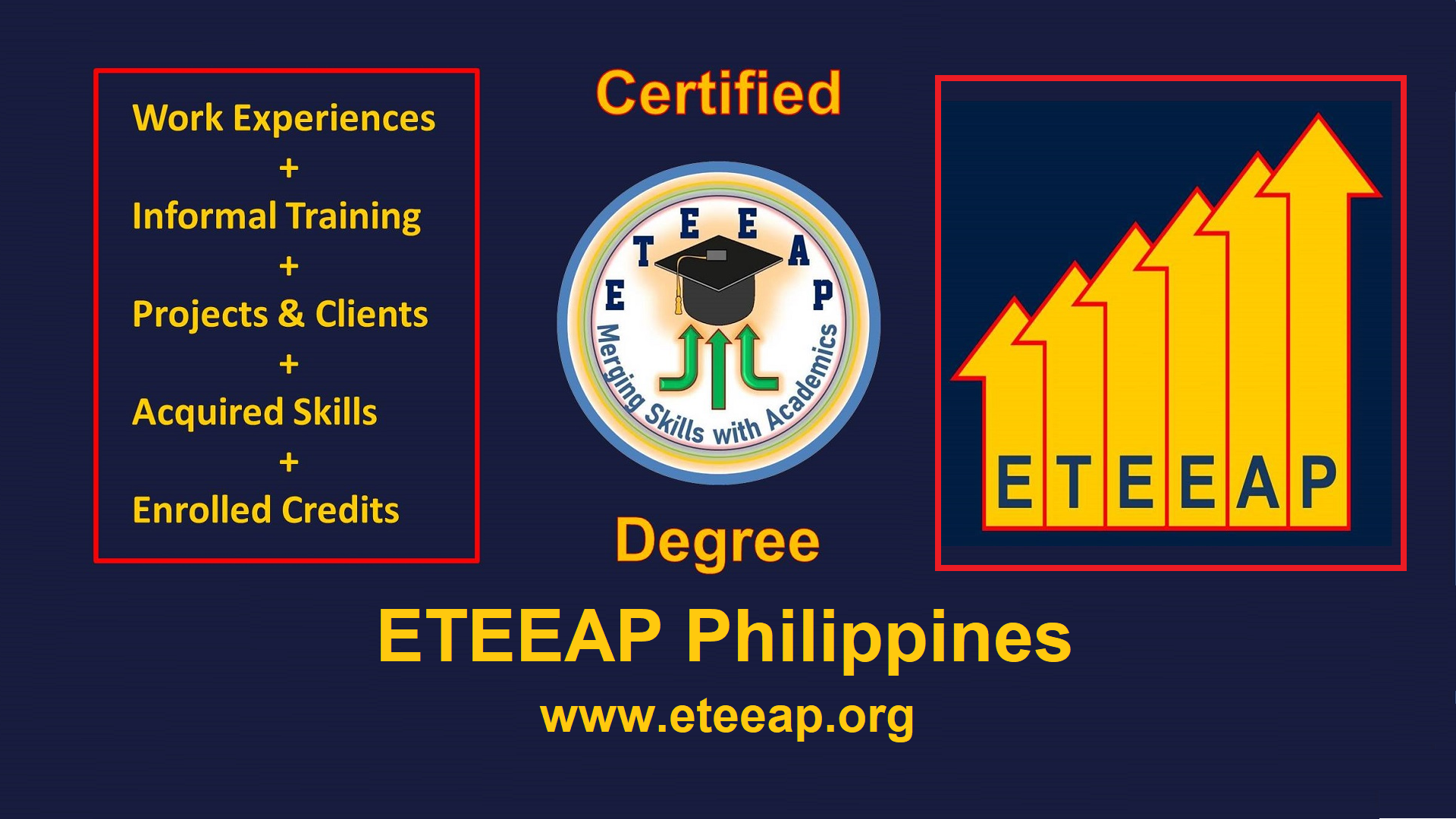Note: This is a repost from its original publisher on this site: Existential Flexibility-The Ralston Principle
In 2003, Aron Ralston was hiking alone in Utah’s Bluejohn Canyon when he was trapped by a falling boulder where his right hand and wrist were stuck underneath a massive rock. Ralston survived on minimal food and water even resorting to drinking his own urine. No communication device in his possession and no one knew where he was going, he had to use unconventional solutions to save his life. He used the limited tools he had to amputate his trapped arm, rappelled 65 feet down rockface and eventually rescued by a family who fortunately was passing by.¹
Ralston said later, “The lesson is that resilience is about flexibility.” However, there is another word (adverb) we would like to add to this: existential. What is existential flexibility², and how can this be applied to the current education system we have? We will focus on the education industry and we will see how such quality can be used to face the challenging times we are in today.
Simon Sinek describes existential flexibility as, “The capacity to initiate an extreme disruption to a business model or strategic course in order to more effectively advance a Just Cause.” In other words, it is a drastic and most of the time offensive action one has to take in order to survive and continue existing. Contrary to the defensive adjustments one has to take to maintain his current course, existential flexibility is resorting to a totally different approach and most of the time opposite the current course one has to take in order to survive and be able to reach the intended goal or objective. It is an unconventional and offensive maneuver one has to accept to take to continue floating and sailing as it were.³
Having existential flexibility means coming to terms with the fact that everything will go on with or without the one we perceive as essential. With such quality, one has to be willing to lose something no matter how precious it seems to be to achieve a just cause, be agile and willing to pivot and make a massive shift to something new or even into something he considered before as stupidity. Leaders in the education industry must let go of long held notions and ideas that no longer serve them.
Most of the time however, the opposite is happening. Leaders tend to protect their current model and refuse to adapt the needed changes, not realising that such leads to a certain death of their organization. In Ralston’s case, he could have chosen death but kept his arm. But his “just cause” was to survive and continue living. He was looking forward to his becoming a father and other prospects he will enjoy if he will continue living even without the arm that he was about to amputate. His action and decision was in agreement with what one wise ancient king wrote where he said, “There is hope for whoever is among the living, because a live dog is better off than a dead lion”*. In this article and on other related topics and pages of this site, we will call this as the Ralston Principle.
Education industry leaders of any country, or on a smaller scale an education institution, cannot overlook the importance of a crystal clear “just causes” of the existence of their organization or institution. There are three of them. First is the quality of education to the citizens or students (their clients). Second is the affordability of the services, and third is the efficient delivery of the products or services. These leaders should be willing to do the necessary offensive pivot even to the point of becoming stupid in their own eyes or standard to be able to survive and reach their just cause. Old school education leaders tend to stick to a system that they were accustomed to as young students and eventually educators, and is difficult for them to adapt a new system or innovate new ideas to keep up with the fast-moving scenarios their clients face. The Covid-19 pandemic is just one example that necessitates an abrupt change in a system to be able to continue providing the necessary services of education institutions to their students.
We cannot deny the fact that institutions whether they exist for profit or non-profit causes need money to survive. The source of this money is of course from the enrollments, and many education industry players resort to different marketing strategies to attract more clients. They continue to keep abreast with the latest marketing strategies that other industry players are employing to attract more enrollments. But since marketing is only as good as the quality of the product, these institutions must also improve their products or services and innovate new systems that are appropriate or fitted in today’s conditions and client mindsets and needs. Adopting new marketing strategies without improving the quality of the products or services, or not adjusting according to the changing market trend, may have temporary and short-term benefits which leads to a stunted growth, and in the long run to the eventual death of the company or institution.
So how can education leaders apply the Ralstone Doctrine? What scenarios and market trends Covid-19 and other events had brought about and what necessary existential flexibility is needed to face these challenges?
_________________________
Referrences:
¹ Between A Rock And A Hard Place – by Aron Ralston
² Not to be confused with existentialism. This article never refers to that.
³ The Capacity for Existential Flexibility
∗ The Holy Bible, Ecclesiastes 9:4 (NWT)
_________________________
Note: This is a repost from its original publisher on this site: Existential Flexibility-The Ralston Principle

